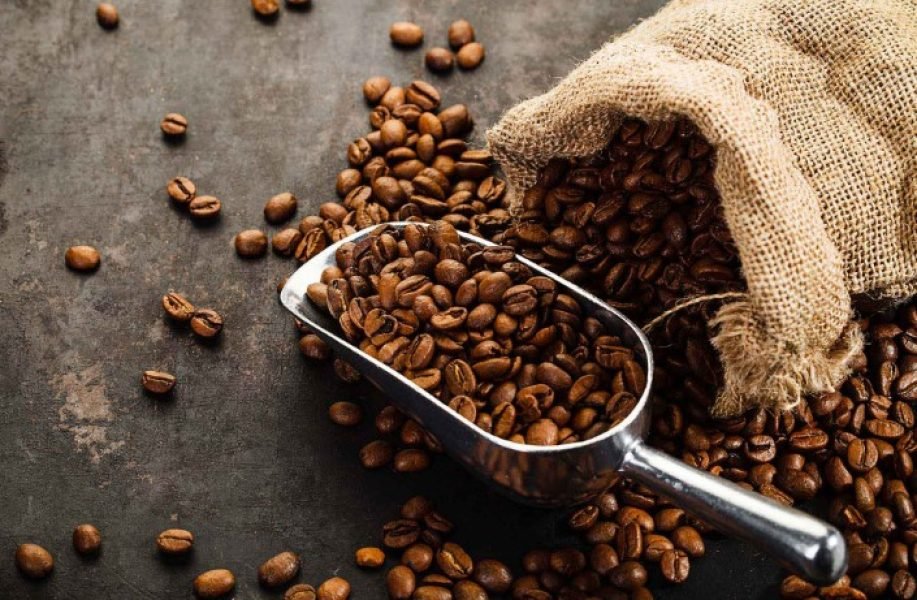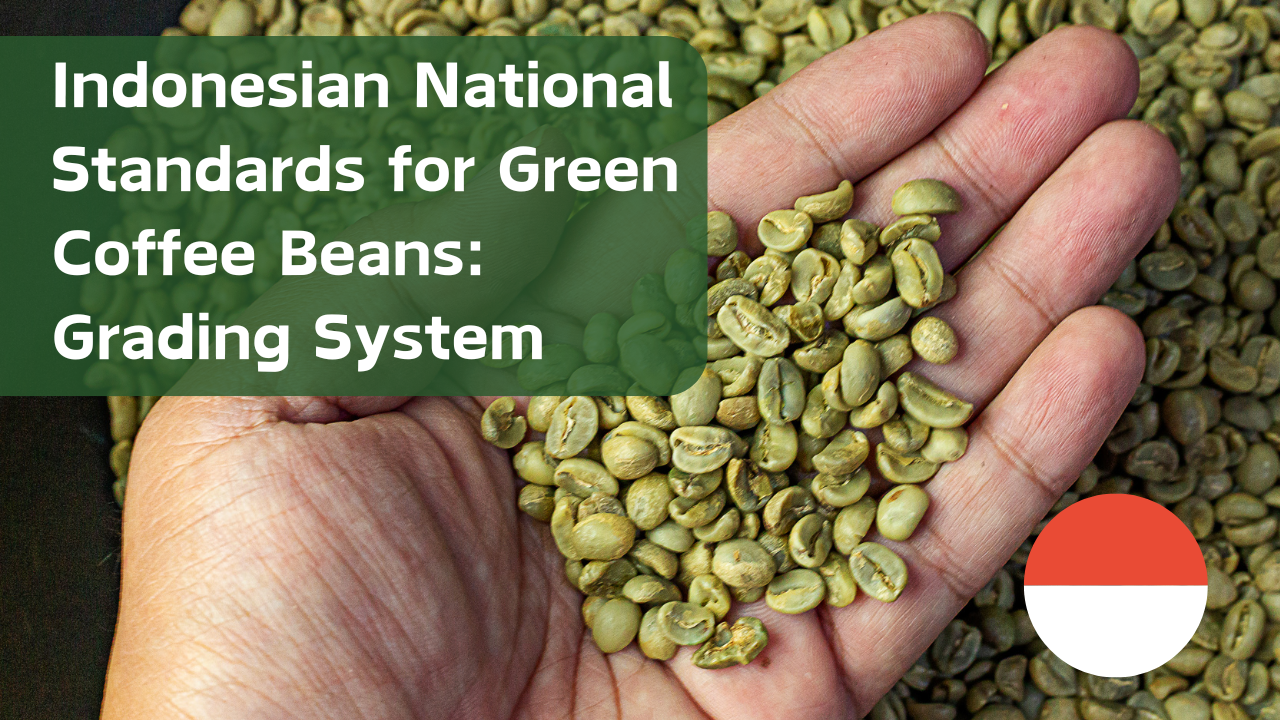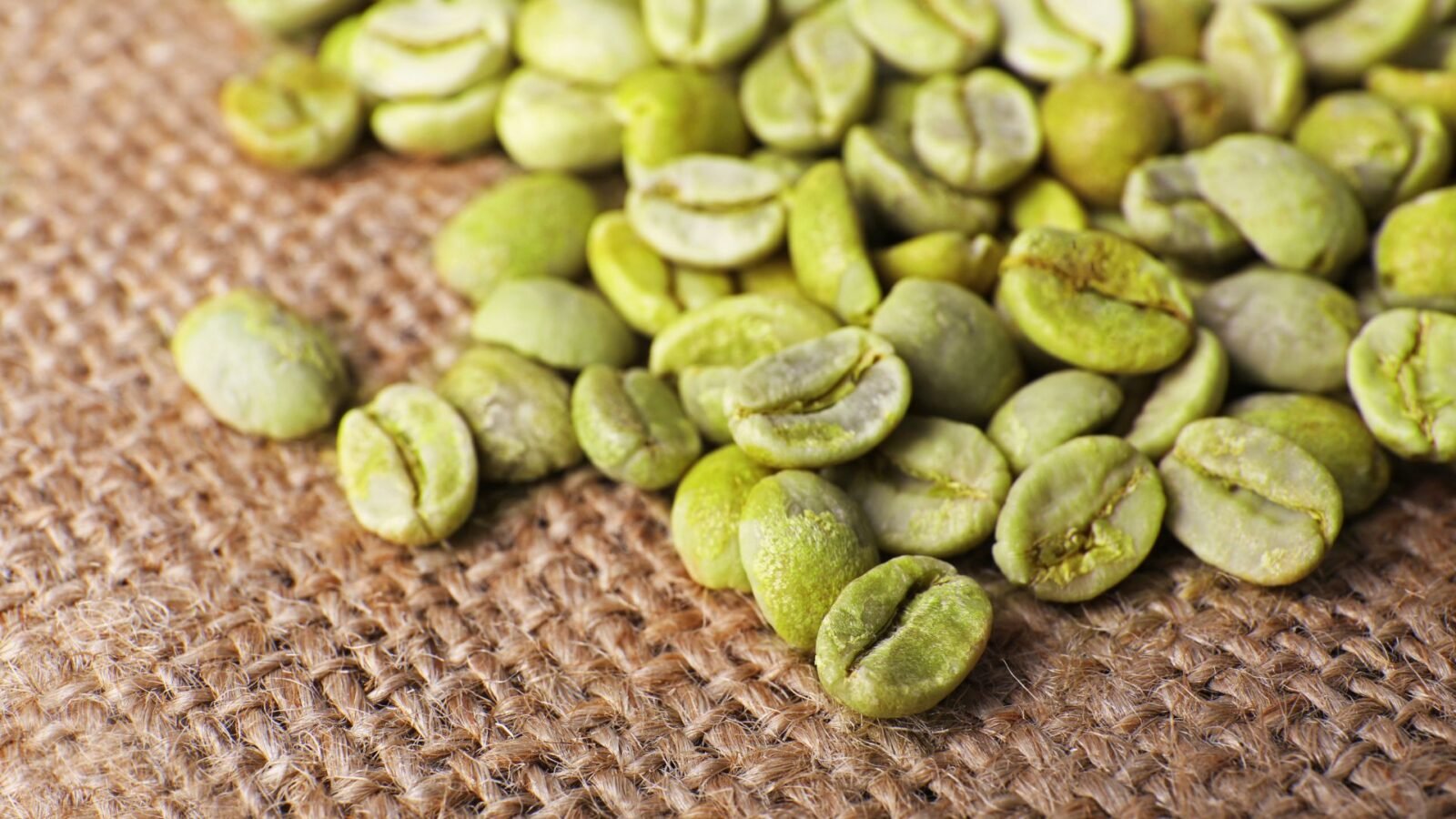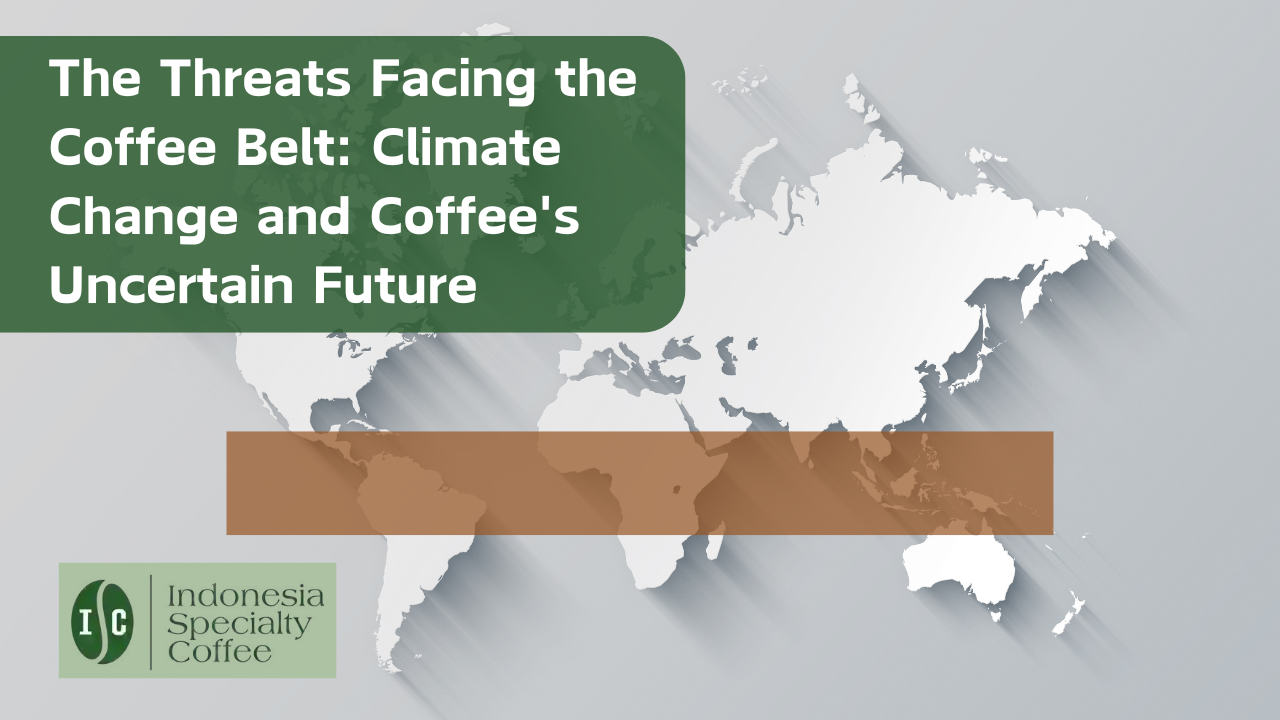Arabica coffee futures have been making headlines with their recent rally, supported by a combination of factors, including shrinking inventories, changing weather patterns, and fluctuating global exports. We will delve into the significant developments that are influencing the Arabica coffee market, particularly the December contract (KCZ23), and touch upon the related ICE Robusta coffee futures, specifically the January contract (RMF24).
Shrinking Inventories Drive Prices
On Monday, Dec Arabica coffee closed up +2.80 (+1.64%), reaching a new 4-1/2 month high. Simultaneously, Jan ICE Robusta coffee closed up +50 (+2.11%), achieving a 1-week high. These surges are attributed to declining coffee inventories, adding to the growing supply concerns.
ICE-monitored Arabica coffee inventories have hit a 24-year low of 347,555 bags. This sharp decline in available stocks underscores the limited supply of high-quality Arabica beans. In contrast, ICE-monitored Robusta coffee inventories were relatively stable at 4,098 lots, though still modestly above the record low of 3,374 lots reported on August 31.
Arabica Coffee Futures: Weather Patterns and Production
Brazil, one of the world’s largest coffee producers, is experiencing an abundance of rainfall, which has a two-fold impact on the coffee market. The Somar Meteorologia report on Monday stated that Brazil’s Minas Gerais region received 59.5 mm of rain in the past week, equivalent to 135% of the historical average. This rain is favorable for coffee yields, supporting increased production of Arabica coffee.
However, the same rains are bearish for coffee prices due to their impact on supply. Minas Gerais is responsible for approximately 30% of Brazil’s Arabica crop, and higher production in this region can lead to an oversupply, potentially depressing prices.
Global Coffee Exports Decline
Global coffee exports have been on a declining trend, as reported by the International Coffee Organization (ICO) on September 14. Exports between October and July were down -5.7% year-on-year, reaching 103.736 million bags. Furthermore, Brazil’s Arabica coffee exports for September dropped by a staggering -20% year-on-year to 2.4 million bags, marking the lowest for that month in six years. In contrast, Brazil’s Robusta exports rose significantly to 624,999 bags. Brazil is a powerhouse in Arabica production and the second-largest producer of Robusta beans.
Vietnam, the world’s largest producer of Robusta coffee beans, is also experiencing a decrease in coffee exports. Vietnam’s General Department of Customs reported on October 28 that coffee exports for the first nine months of this year (Jan-Sep) fell by -9.5% year-on-year to 1.313 million metric tons (MMT). This trend is further validated by a Bloomberg survey of exporters and traders, which projected a drop of more than -7% in Vietnam’s coffee harvest this year to 1.67 MMT, marking the smallest crop in four years.
El Nino Weather Event
The declaration of an El Nino weather event by the U.S. Climate Prediction Center on June 8 adds to the concerns in the coffee market. El Nino patterns typically bring heavy rains to Brazil and drought to India, which can have adverse effects on coffee crop production. The El Nino event is expected to bring drought to Vietnam’s coffee areas later this year and in early 2024, as reported by an official from Vietnam’s Institute of Meteorology, Hydrology, and Climate Change. These erratic weather patterns continue to be a source of uncertainty in the coffee market.
USDA’s Projections
The USDA Foreign Agricultural Service, in its June biannual report, forecasted a +2.5% year-on-year increase in world coffee production for 2023/24, reaching 174.3 million bags. This projection includes a +6.9% increase in Arabica production to 96.3 million bags and a -2.4% decline in Robusta production to 78.0 million bags. Brazil’s coffee production for 2023/24 is anticipated to rise by +14.5% to 67.9 million bags, while Vietnam’s production is expected to fall by -3.5% to 30.2 million bags. The USDA also forecasts a slight increase of +0.8% in ending stocks for 2023/24, rising to 31.8 million bags from 31.6 million bags in 2022-23.
Coffee Market Deficit
The International Coffee Organization (ICO) reported that the global coffee market deficit for the 2022/23 season widened to -7.3 million bags, up from a -7.1 million bag deficit in the previous year (2021/22). Despite a +1.7% year-on-year increase in global coffee production for 2022/23, reaching 171.27 million bags, global coffee consumption also increased by +1.7% year-on-year, reaching 178.53 million bags. This tight supply situation has been instrumental in driving up coffee prices, and the deficit highlights the ongoing challenges in meeting global coffee demand.
The Arabica coffee futures market has been marked by recent price surges, primarily driven by declining inventories, unpredictable weather patterns, and shifting global export dynamics. As the world’s appetite for coffee continues to grow, the market faces the challenge of meeting this demand with a limited supply of high-quality Arabica beans. In addition, ongoing weather events and the volatility of coffee-producing regions like Brazil and Vietnam add to the complexity of this market. For coffee enthusiasts and investors alike, keeping a close eye on these developments is crucial as they navigate the ever-evolving landscape of coffee futures.







